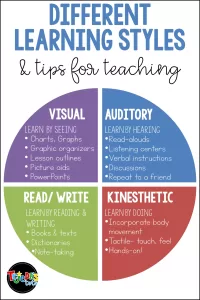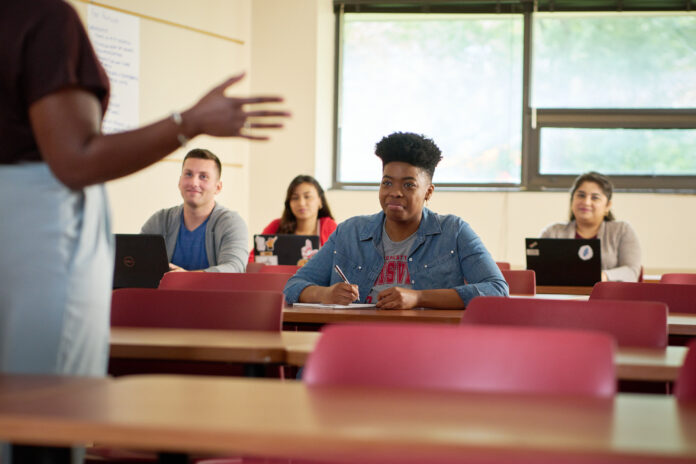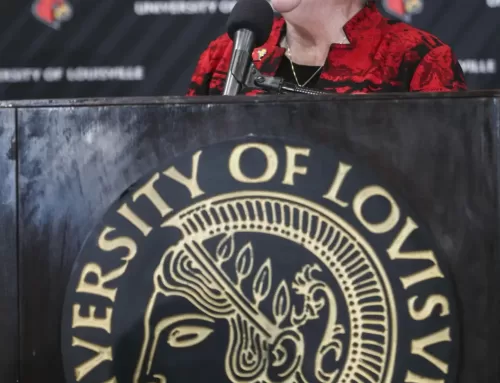By Anna Williams
The concept of learning styles has always intrigued me. Knowing that a professor must find ways to accommodate dozens of students seems like an impossible task, but the most considerate professors seem to accomplish this.
However, some professors simply teach the way they know best, not accommodating the majority of student’s learning styles.
According to Wilfrid Laurier University, there are 4 predominant learning styles: visual, auditory, read/write, and kinaesthetic. Visual utilizes pictures, auditory utilizes lectures, read/write utilizes notes, and kinesthetic utilizes hands-on activities.

Photo Courtesy: Tejedas Tots
Although most of these learning styles were used in the classroom in traditional K-12 education, there seems to be a drop off of diversified classroom learning in the secondary level of education.
The reason for this regressive reality varies, but it’s likely that the expectation of young adults to assimilate to a single learning style, established by the professor, is a reason for this reality.
Based on the data collected from the United States Department of Education, most college courses follow the classic lecture teaching style, accustomed to students with the auditory learning style. Those students are only a small percentage, especially when compared to students who are visual and kinesthetic learners.
This is a major problem, considering that the majority of students aren’t being taught in a way where they will best absorb the material discussed.
The University of Massachusetts Dartmouth, however, has compiled a list of possible ways that professors can do a better job at providing accommodations for students of different learning styles. For example, incorporating multiple teaching styles in the classroom would be the best way to accommodate a plethora of learning styles among students.
As a University of Louisville (U of L) student, with a read/write learning style, who has been a Science Technology Engineering and Mathematics (STEM) major and is now a humanities major, I have had experience with adequate and inadequate teaching styles among professors.
My humanities classes do a better job of incorporating a multitude of teaching styles for students than my STEM classes did. This could be because the material of my STEM classes required a lecture teaching style to get through all the necessary material.
A source who wishes to remain anonymous informed me that their humanities professor, however, stated, “There is only one learning style and we are doing it [learning] incorrectly.”
Despite this remark from this professional, I still believe that classrooms should be accommodating to the variety of learning styles among students. Specifically, STEM classes should incorporate a variety of teaching styles to better accommodate students who don’t have an auditory learning style. For example, hands-on methods with scientific models of concepts students are learning could enhance the learning experience of students who learn best from kinaesthetic approaches.
To see if other students experienced the same as me, I asked fellow U of L students about their experience with professor teaching styles in the classroom. While I received no responses, I encourage those reading to share their experience.
With this information in mind, I encourage STEM professors at U of L to incorporate a variety of teaching methods in their classrooms to better accommodate students’ learning styles. This action could be the difference between a student’s success or failure in a class.






